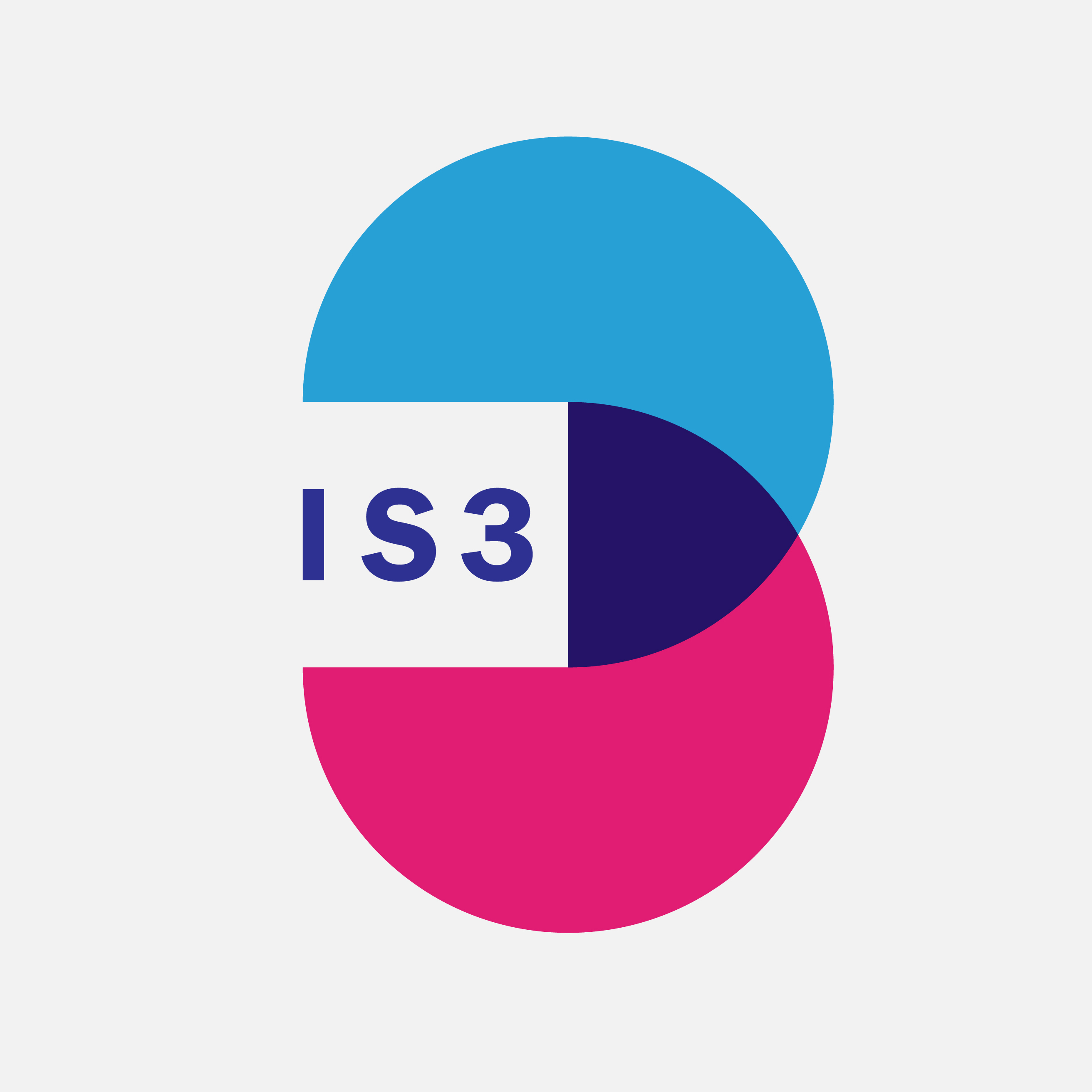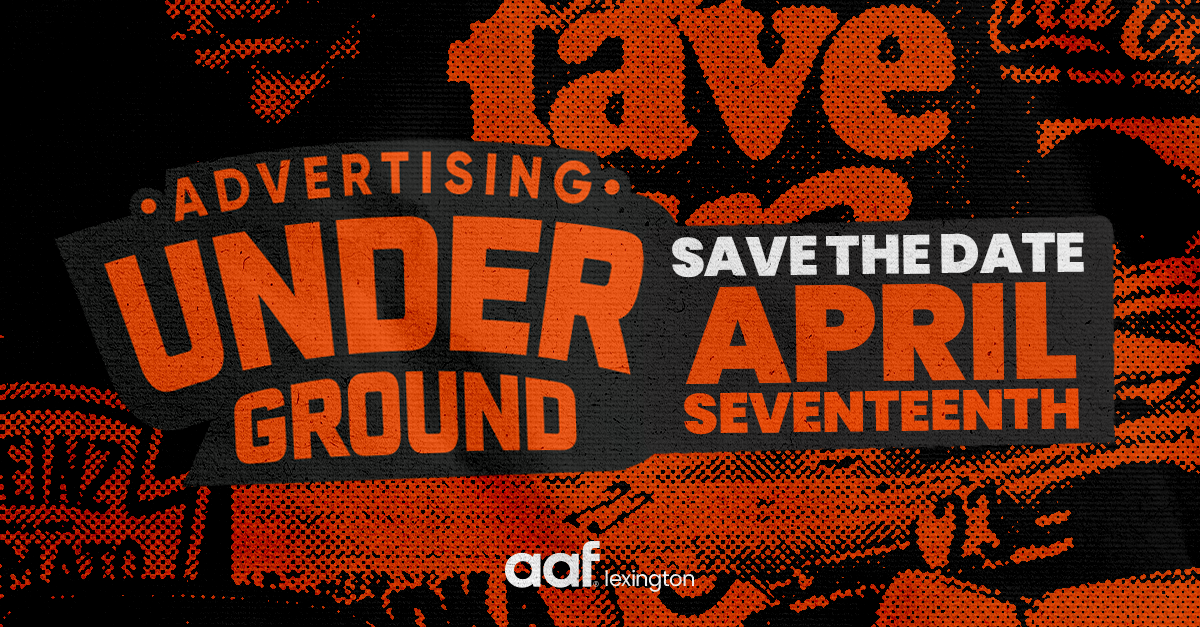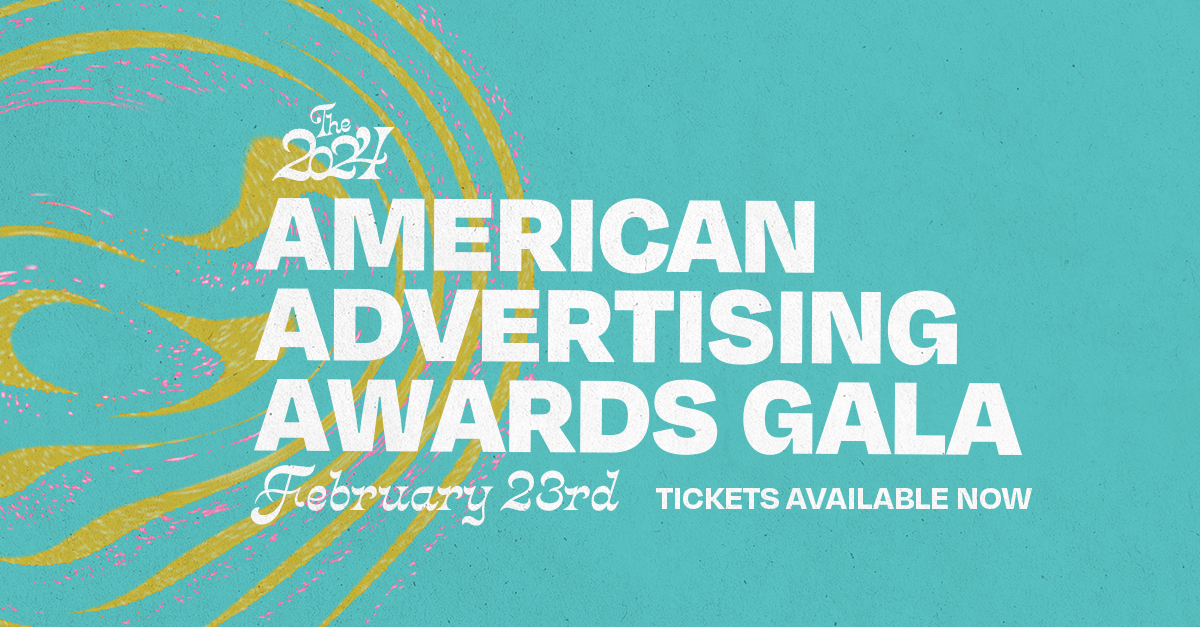We just presented our third annual Interactive Social event—it’s officially a tradition here at AAF Lexington. This year’s speakers focused on delivering human-centric experiences through a variety of media, from books to movie titles to retail stores. No matter what project we’re working on, if we lose sight of our audience—the people we’re trying to connect with through our work—we’re lost. We all came out of this year’s IS3 a little more focused, a little more conscious, and a lot more inspired.
Haptic Brain / Haptic Brand
Daniel Dejan came up from Sappi Fine Paper in Chattanooga to talk to us about haptics—the science of touch. As Print and Creative Manager of a massive paper mill, the physicality of print is a key part of Daniel’s work.
The team at Sappi is dedicated to backing up their work with research, which has led to the creation of a handful of incredible publications for anyone who works in or around the print industry. Their research boils down to one major lesson: the medium matters.
How we read content changes how we absorb it. We look at content differently if it’s ink on paper instead of on screen, and that’s because we’re engaging more senses. When reading content on a screen, we use two senses (sight and hearing). On paper, we use four: sight, hearing, touch, and smell. Content that’s engineered to engage more senses will be more successful. Case in point: attendees received Sappi’s latest publication, A Communicator’s Guide to the Neuroscience of Touch. We’ll get into the book’s content in a moment, but it was beautifully printed on soft-touch paper, with embossed text and graphics throughout. About 10 minutes into his talk, Daniel called us out for petting our books—guilty. You can’t help but engage with a physical object, especially one specifically designed to make you want to explore it.
For The Neuroscience of Touch, Sappi partnered with neuroscientist David Eagleman to bring some science into the world of haptics. Throughout the publication and in six short videos, he goes into the deeper meaning behind the sense of touch and how it affects our behavior—check them out at the link above.
Finally, Daniel drove home the power of print with a case study that partnered Sappi with BMW. You have to see it to believe it: https://www.youtube.com/watch?v=aYuk64NMYLM.
That project helped make the BMW M6 launch the biggest in the history of the company. That’s some serious ROI.
World of Titles Fueled by Interconnectivity
When was the last time you really noticed the design of a title sequence? Often overlooked, these sequences are vital to creating a feel for a film or TV show before it ever starts. They set the mood, creating a Pavlovian reaction upon later viewings—just think of how you react when you hear this, or this, or this. Manija Emran walked us through her story, her work, and how she uses design to communicate with the audiences on the other side of the screen.
Born in Afghanistan, Manija has worked in graphic design around the world. She decided to pursue title design after watching the opening sequence of Dawn of the Dead (2004), of all things. She had spent years looking for ways to imbue her designs—especially her typography—with motion; title design allowed her a way to do just that.
Manija’s work speaks for itself. She uses a variety of techniques and effects—from hand-lettered fonts to burning, freezing, and smashing objects—to create a unique look and feel for each sequence, matching the look and feel of the film or show it prefaces.
The Power of Story
As Executive Creative Director of MaxMedia, Matt Rollins is all about creating experiences that tell stories. His agency specializes in designing retail spaces that engage and intrigue, and to do that, you have to understand how people connect with the world around them.
He divided his talk into two main subjects: Experience, and story. You can’t separate the two: humans are storytelling animals. We experience the world as a narrative and share it that way, too. And in our profession, we have to realize that people are going to experience the work we create as narrative, too. We create stories, consciously or subconsciously, to explain what we do and why we do it—Professor Michael Gazzaniga refers to this as our Interpreter. Your brain is going to make that narrative happen. It’s our job to work with that.
People make decisions based on their emotions, and those emotions are informed by their experiences, the story of their life. If we, as marketers, can realize and engage with that, we’re going to be in a better position to create work that resonates.
Matt’s team uses a framework called CENTER: Comfortable, Easy, Novel, Tactile, Engaging, Rewarding. If you can create an experience that meets all those criteria, it’s going to be a good one, and a space that people want to come back to.
Above all, we need to create experiences that tell a story—because humans are going to interpret it that way, and keeping humans at the center of what we do is the best way to create work that works. Our thanks to Matt, Manija, and Daniel for helping us remember that.












